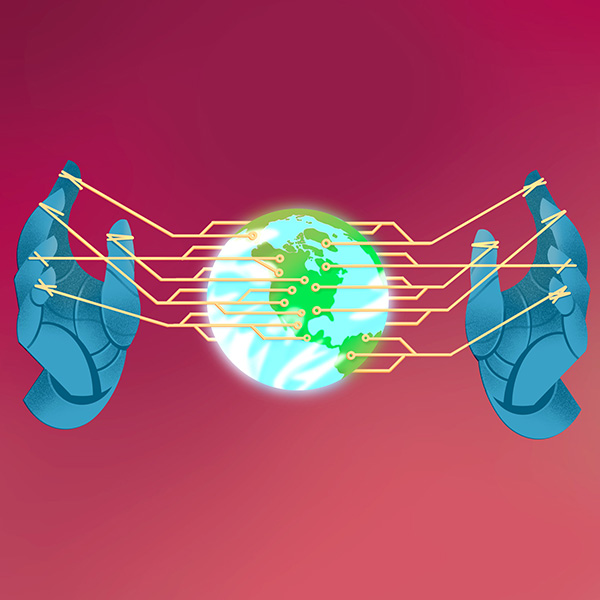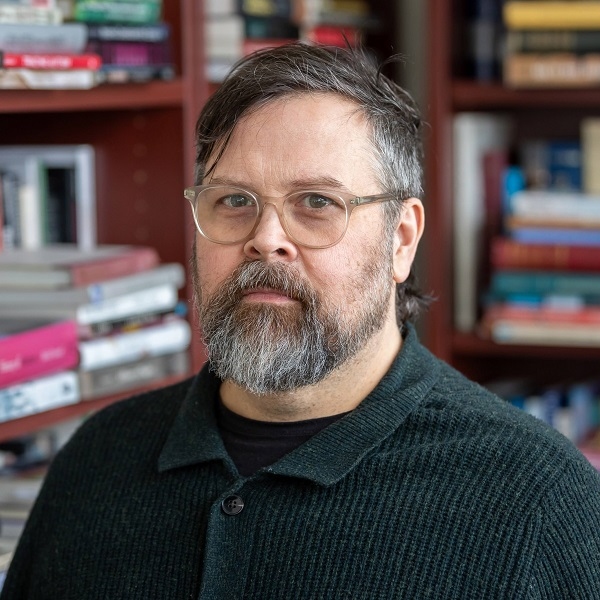As our healthcare system adapts to the constraints of COVID-19, medical software developed by McGill’s Dr. Sheila Wang is becoming increasingly useful as a telehealth tool for remote communities as well as an invaluable resource for stay-at-home patients suffering from diabetes and other conditions.
It all started when Wang, a McGill University Health Centre (MUHC) dermatology resident and a scientist at the Research Institute of the MUHC, was attending medical school in Toronto. While watching doctors using paper rulers to measure the wounds of patients, she wondered why the ubiquitous smartphone couldn’t be employed to do the job faster and more accurately.
That innocuous observation led Wang to invent a mobile app to take images of wounds, automatically calculate the wound’s surface area and depth, and track progression and healing. Working with software engineers whom she met at a Toronto hackathon, Wang went on to co-found Swift Medical and launch Swift Skin and Wound in 2015.
Fast forward five years and the Swift Skin and Wound app is used to monitor more than 100,000 patients in more 2,000 healthcare facilities across North America, including the MUHC and other hospitals in Quebec.
Now the technology is poised to become a valuable tool in the fast-growing area of telehealth, a field which has quickly risen to the forefront of healthcare largely due to the challenges of coronavirus pandemic.
“For the past couple of years, I’ve been working with the Cree Board of Health in Northern Quebec on implementing our technology to facilitate care and treatment of wounds,” says Wang. “The project has been progressively expanding to more and more communities in the James Bay region.”
For these remote communities, Wang’s technology offers an important tool, addressing the challenges of fewer resources and less access to conventional healthcare. It’s a boon for patients suffering from diseases like diabetes who are susceptible to sepsis, amputation and even death if not monitored and treated properly.
Using the technology, local healthcare providers (or even the patients themselves) can take a photo of the wound simply by using the app on a smartphone. The resulting photo is a calibrated, high-resolution image which can be reviewed remotely by a doctor hundreds of kilometres away via a user interface (or dashboard) and allows the physician to provide necessary diagnosis, support and treatment recommendations to local health care providers and patients.
In the current COVID-19 environment, the technology offers the same benefits to urban and remote patients alike: less person-to-person exposure, less travel away from home for patients and time-savings for overburdened health care professionals.
“We would like to see our experience in the North translate into more access to more communities in Quebec,” says Wang. “I’d like to see this advanced technology in everyone’s hand, not just in hospitals where we treat wounds.”


